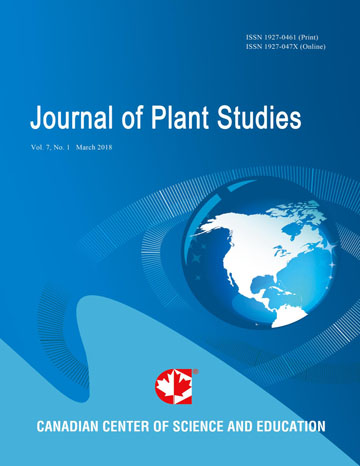Enzymatic Characteristics of Higher Plant Carbonic Anhydrase and Its Role in Photosynthesis
- Sun Wei-Hong
- Wu Yan-You
- Sun Zhen-Zhen
- Wu Qiu-Xia
- Wen Xin-Yu
Abstract
Carbonic anhydrase, a metalloenzyme which catalyses the reversible interconversion of HCO3? and CO2, is a major protein component of higher plant tissues. It is now shown that DNA sequence and encoded proteins for the different ?, ?, ?, ?, ?, and ? forms of carbonic anhydrases are present in living organisms. While there are no sequence homologies between the different type of carbonic anhydrases, all the ?, ?, and ? carbonic anhydrase gene family enzymes in higher plants catalyze the same chemical reaction. Its specific function is generally assumed to convert CO2 to HCO3? for the phosphoenolpyruvate carboxylase reaction and convert HCO3? to CO2 for the ribulose-1,5-bisphosphate carboxylase reaction in photosynthesis. Moreover, carbonic anhydrase activity in guard cells is required for CO2-mediated stomatal regulation and carbonic anhydrases may provide an approach for plant alternatively protection against stress conditions. Recent studies on carbonic anhydrases described in this manuscript include the characterization and gene family of carbonic anhydrases, physiological function of higher plant CAs, and gene engineerings about higher plant CAs.
 PDF
PDF
